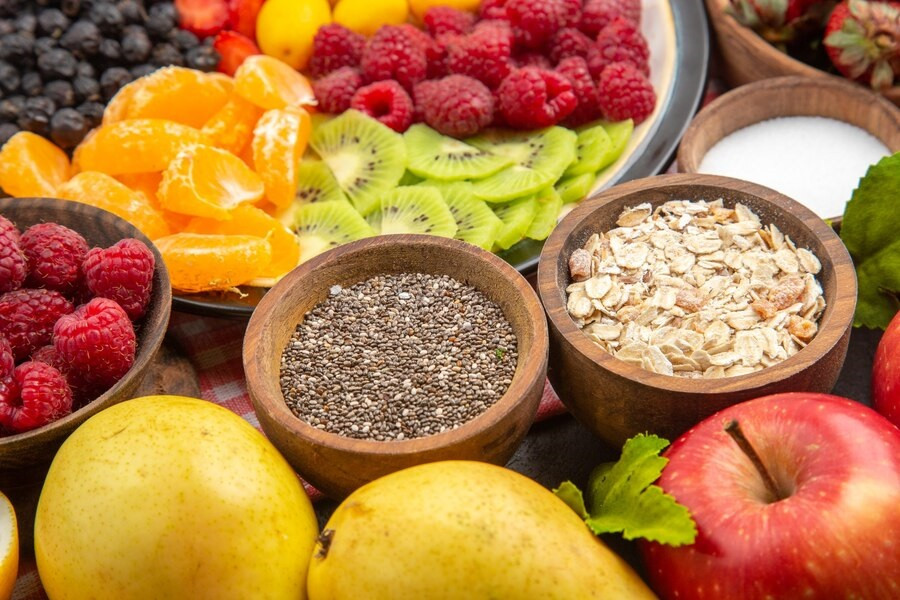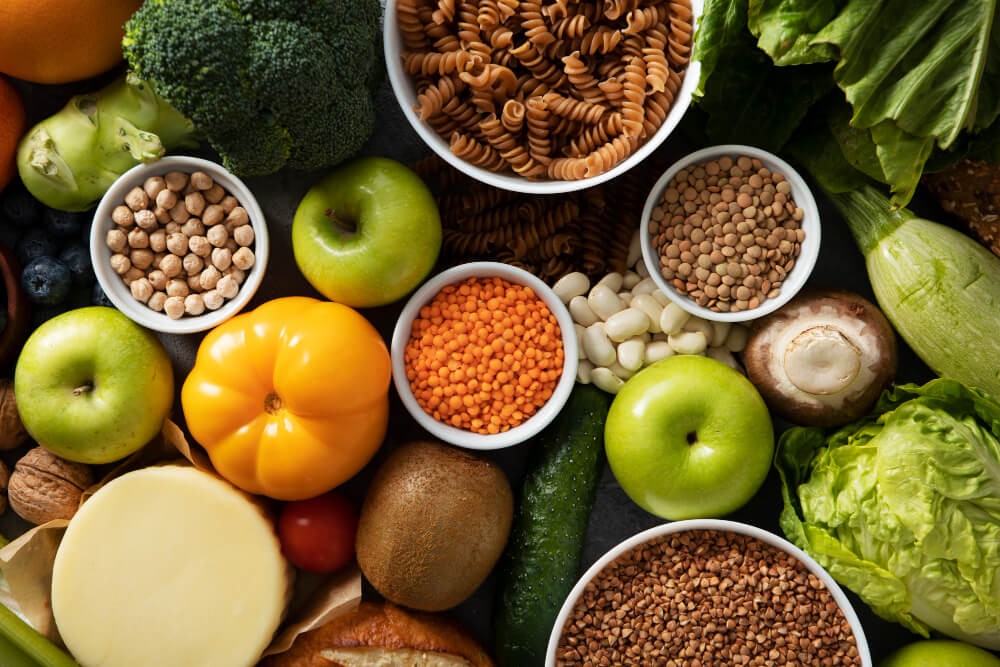You must have heard or read the call to eat plenty of fiber. It is said that fiber is one of the important components that need to be consumed every day. Eating enough fiber every day is beneficial for the health of the gastrointestinal tract and the body as a whole.
Fiber can be found in a variety of plant-based foods,, such as whole grains, vegetables, fruits, whole grains, beans, and legumes. While everyone's daily fiber needs may vary; according to experts, adult women are recommended to consume at least 21–25 grams of fiber, while adult men consume 30–38 grams of fiber.
Benefits of consuming fiber
Eating foods high in fiber every day provides many health benefits, including:
- It helps facilitate the digestive process and prevent constipation
- Reduces the risk of digestive problems such as irritable bowel syndrome or diverticulitis
- It helps to feel fuller for longer so as to maintain a healthy weight
- It helps regulate blood sugar and slows the absorption of sugar
- It helps lower the risk of heart disease by reducing bad cholesterol (LDL) levels
- It helps reduce the risk of colon cancer
How to meet daily fiber needs
Lack of fiber in your daily intake can have a negative impact on your health and is associated with various conditions such as constipation, piles, weight gain, and an increased risk of diseases such as irritable bowel syndrome, heart disorders, blood sugar control problems, colon cancer, and others.
To avoid these negative risks, you need to meet your daily fiber intake through the following methods:
Breakfast with high-fiber foods
Breakfast cereals such as whole wheat biscuits or oatmeal are high in fiber. Eating them every day is good for increasing fiber intake in your daily diet.
Besides oatmeal, you can also add fresh fruits or nuts to give it a more appetizing taste and appearance. If you choose to eat instant cereal, then you need to understand the nutritional content and amount of fiber in the cereal. Avoid breakfast cereals that are high in added sugar and opt for low-sugar varieties.
Switch to whole wheat bread
Breakfast cereals such as whole wheat biscuits or oatmeal are high in fiber. Eating them every day is good for increasing fiber intake in your daily diet.
Besides oatmeal, you can also add fresh fruits or nuts to give it a more appetizing taste and appearance. If you choose to eat instant cereal, then you need to understand the nutritional content and amount of fiber in the cereal. Avoid breakfast cereals that are high in added sugar and opt for low-sugar varieties.
Eating potatoes with their skins
Potatoes boiled with their skins and sweet potatoes can be sources of fiber. Make sure to wash the potatoes well before cooking to remove any dirt and chemical residue that may still be attached to the potato skins.
Adding nuts
Adding pulses to your daily intake can help meet your fiber needs and be an effective way to get important plant-based protein. Nuts are an excellent source of fiber, protein, vitamins, and minerals. They can also help control blood sugar and cholesterol.
Eat more vegetables and fruits
Consumption of vegetables and fruits can help meet your daily fiber needs. You can serve vegetables as main dishes, salads, or add them as healthy snacks between meals.
Consume fruits as dessert, make them into smoothies, or mix them into breakfast. By adding more vegetables and fruits to your diet, you not only increase your fiber intake but also get a variety of important vitamins, minerals, and antioxidants.
Fiber intake can generally be obtained through your daily diet without additional supplements. However, if you experience severe digestive problems, chronic constipation, or have medical conditions such as diabetes, hypertension or heart disease, you need to consult a nutritionist or doctor regarding your symptomatic fiber intake. You can also access the health consultation services by downloading the Ai Care app via the App Store or Play Store.
Looking for more information about nutrition, food, and other diet tips? Click here!
- dr Hanifa Rahma
NHS UK (2022). How to get more fibre into your diet. Available from: https://www.nhs.uk/live-well/eat-well/digestive-health/how-to-get-more-fibre-into-your-diet/
Kris Gunnars, BSc (2023). Why Is Fiber Good for You? The Crunchy Truth. Available from: https://www.healthline.com/nutrition/why-is-fiber-good-for-you
Mayo Clinic (2022). Dietary fiber: is essential for a healthy diet. Available from: https://www.mayoclinic.org/healthy-lifestyle/nutrition-and-healthy-eating/in-depth/fiber/art-20043983
Mayo Clinic (2021). Chart of high-fiber foods. Available from: https://www.mayoclinic.org/healthy-lifestyle/nutrition-and-healthy-eating/in-depth/high-fiber-foods/art-20050948
Medicine.net (2021). What Happens If You Have Too Little Fiber in Your Diet?. Available from: https://www.medicinenet.com/what_happens_if_you_have_too_little_fiber/article.htm
Kerri-Ann Jennings, MS, RD (2023). 16 Easy Ways to Eat More Fiber. Available from: https://www.healthline.com/nutrition/16-ways-to-eat-more-fiber











